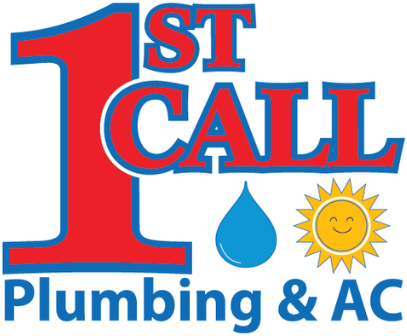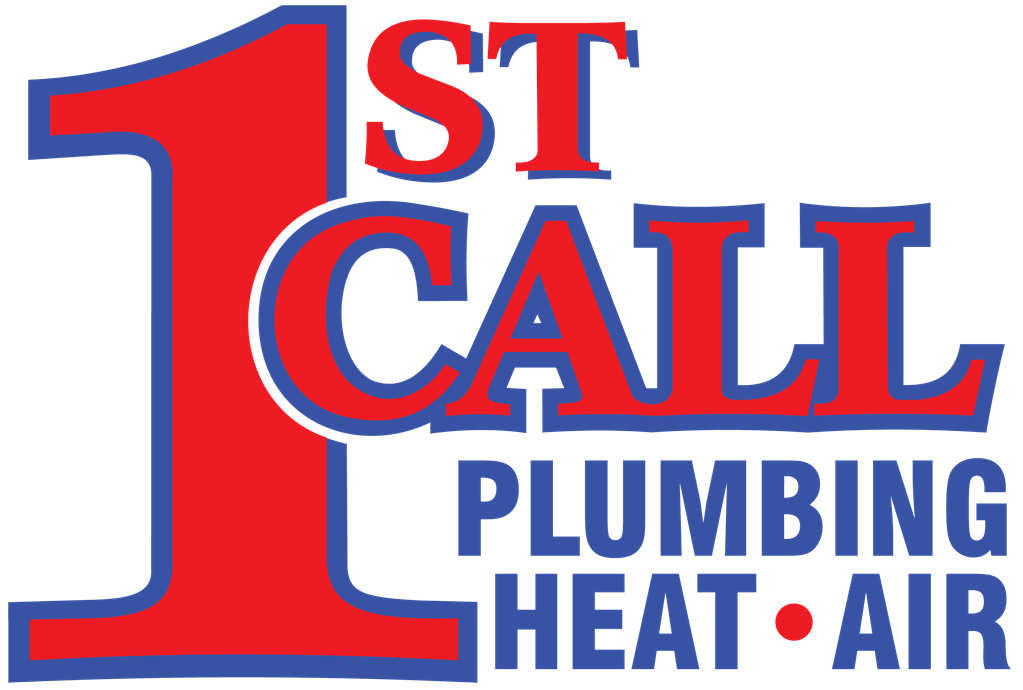In 1902, Willis Carrier pioneered the first HVAC system to regulate humidity in a publishing company’s building. Nowadays, HVAC systems control indoor temperatures, ensuring optimal home comfort.
No one desires an HVAC system that poses a life-threatening risk. Let’s explore essential measures to protect yourself and your family from potential carbon monoxide leaks associated with your home’s HVAC system. Remember, the 1st Call team is ready to maintain your HVAC system’s peak performance.
Why is carbon monoxide dangerous?
Carbon monoxide, a silent and lethal gas, poses a grave danger due to its undetectable nature—odorless, colorless, and tasteless. Its presence often goes unnoticed without detectors, with symptoms like headaches, nausea, dizziness, or chest pain indicating exposure to higher levels.
Given its elusive characteristics, maintaining an impeccable HVAC system is crucial. If signs of carbon monoxide poisoning manifest, promptly seek emergency assistance and vacate the premises.
What are the Most Common Causes of Carbon Monoxide in Homes?
Carbon dioxide gets trapped in homes in three main ways:
- Cracked furnace heat exchanger: Heat exchangers transfer heat from the combustion chamber to the circulating air in your HVAC system. Damages can result in gas leaks into your home, increasing carbon monoxide levels.
- Backdrafting: Leaky vent pipes and blocked chimneys cause back-drafting, pulling gases back into your home instead of venting them outside.
- Gas ovens: Natural gas or propane in gas ovens can produce carbon dioxide if there isn’t enough oxygen to fuel the burner. Heating your home with an open oven is highly dangerous.
Four Tips to Prevent Carbon Monoxide Leaks
Taking the proper precautions minimizes your risk of carbon monoxide leaks and ensures your home is safe and sound.
1. Schedule Regular HVAC Tune up
Have an HVAC engineer or specialist check your HVAC systems at least once a year, preferably around fall. During inspections, technicians use HVAC gauges to measure the pressure of liquids and gases in HVAC systems.
They’ll also check the system’s safety mechanisms, including the flue, which expels potentially dangerous byproducts. They’ll replace filters and heat exchangers, remove dirt, and lubricate parts for efficiency.
2. Install Carbon Monoxide Detectors
Installing detectors on every home level, including garages and basements, is advisable, especially if your HVAC system uses oil or gas. Place detectors above doors and windows, away from the HVAC system, for maximum effectiveness.
Always follow manufacturer installation instructions regularly, and test and replace detector batteries to ensure adequate protection. Depending on their model and features, carbon monoxide detectors typically cost between $20 and $200.
3. Make Sure Your Chimney Venting System Works Properly
Your furnace chimney facilitates efficient airflow in your home, contributing to clean indoor air and preventing HVAC equipment from overheating. However, blockages lead to incomplete combustion, resulting in carbon monoxide production.
Moreover, dust accumulation in chimneys is highly flammable. Regular chimney cleaning, at least once a year, is crucial.
4. Check Your Duct Work
Ductwork systems have a ten-year lifespan before sagging, cracking, or coming apart. Like other HVAC components, they should be checked annually to ensure they’re free from damage and contaminants, which reduce air quality.
If damaged, a professional can seal or replace broken ducts to prevent your HVAC system from pumping carbon monoxide into attics, interior walls, and crawl spaces. Duct sealing also helps your AC run more efficiently.
Stay Safe with 1st Call
1st Call Plumbing provides comprehensive solutions for common carbon monoxide threats like cracked heat exchangers, malfunctioning HVAC vacuum pumps, clogged filters, and damaged vent pipes. Specializing in HVAC repairs and routine maintenance inspections, our team is dedicated to your safety and comfort. Reach out to us today and safeguard your home against potential risks!



